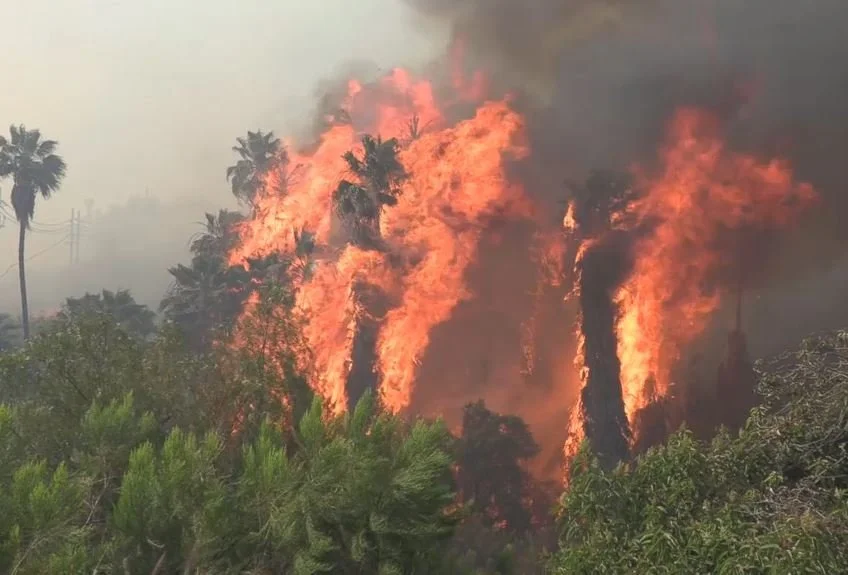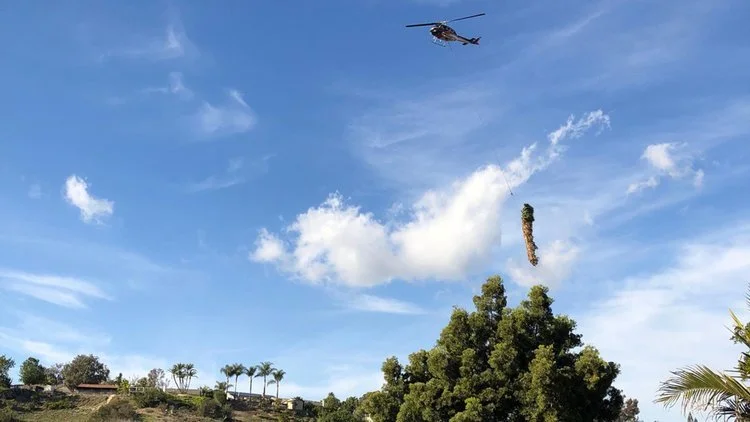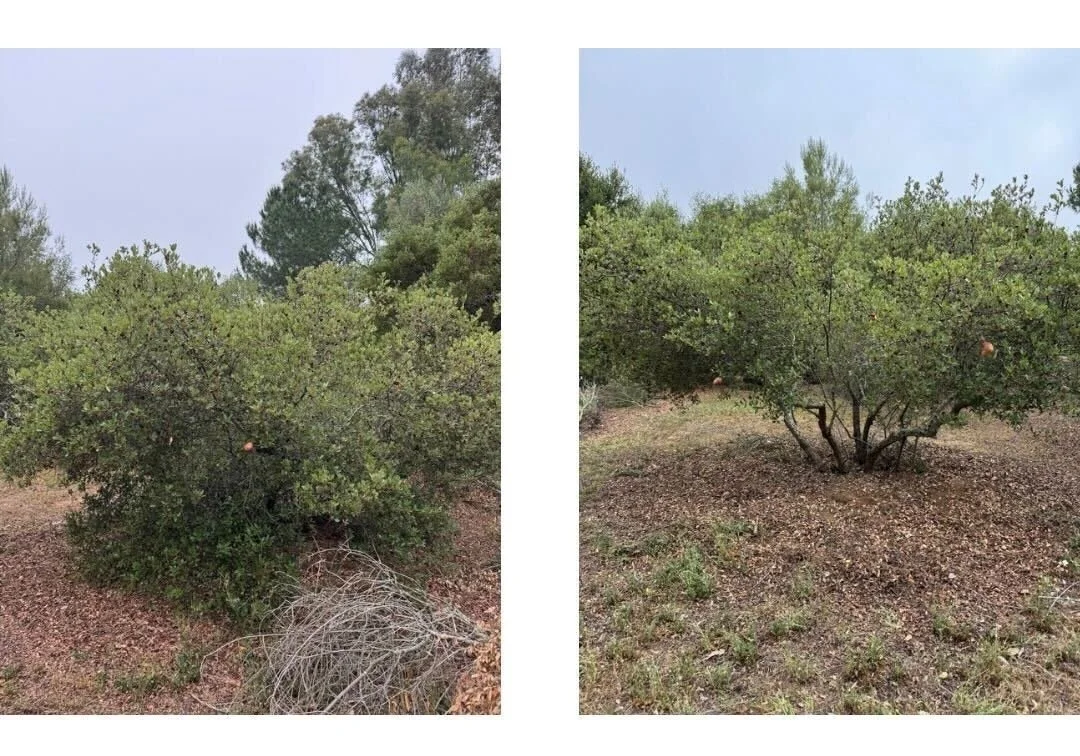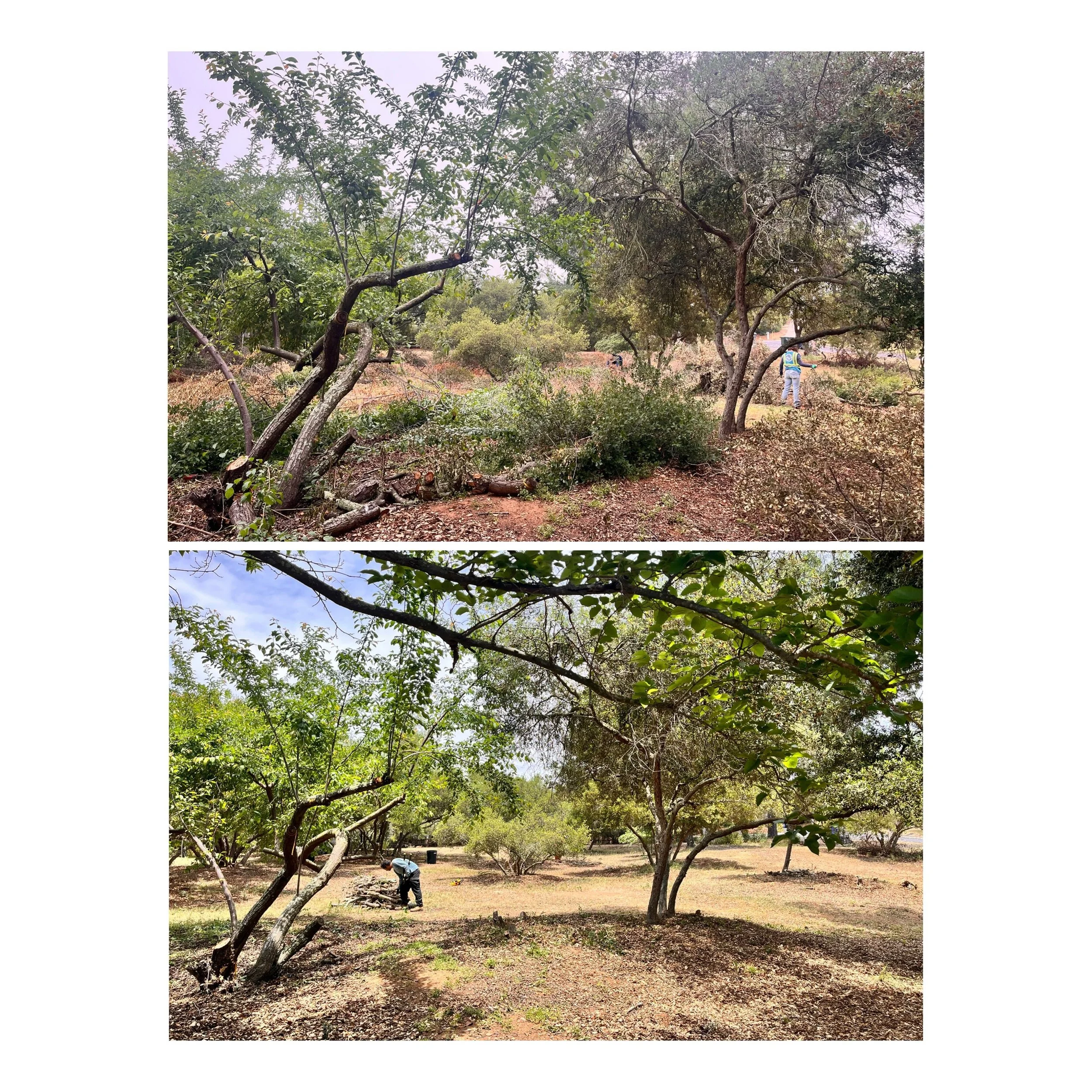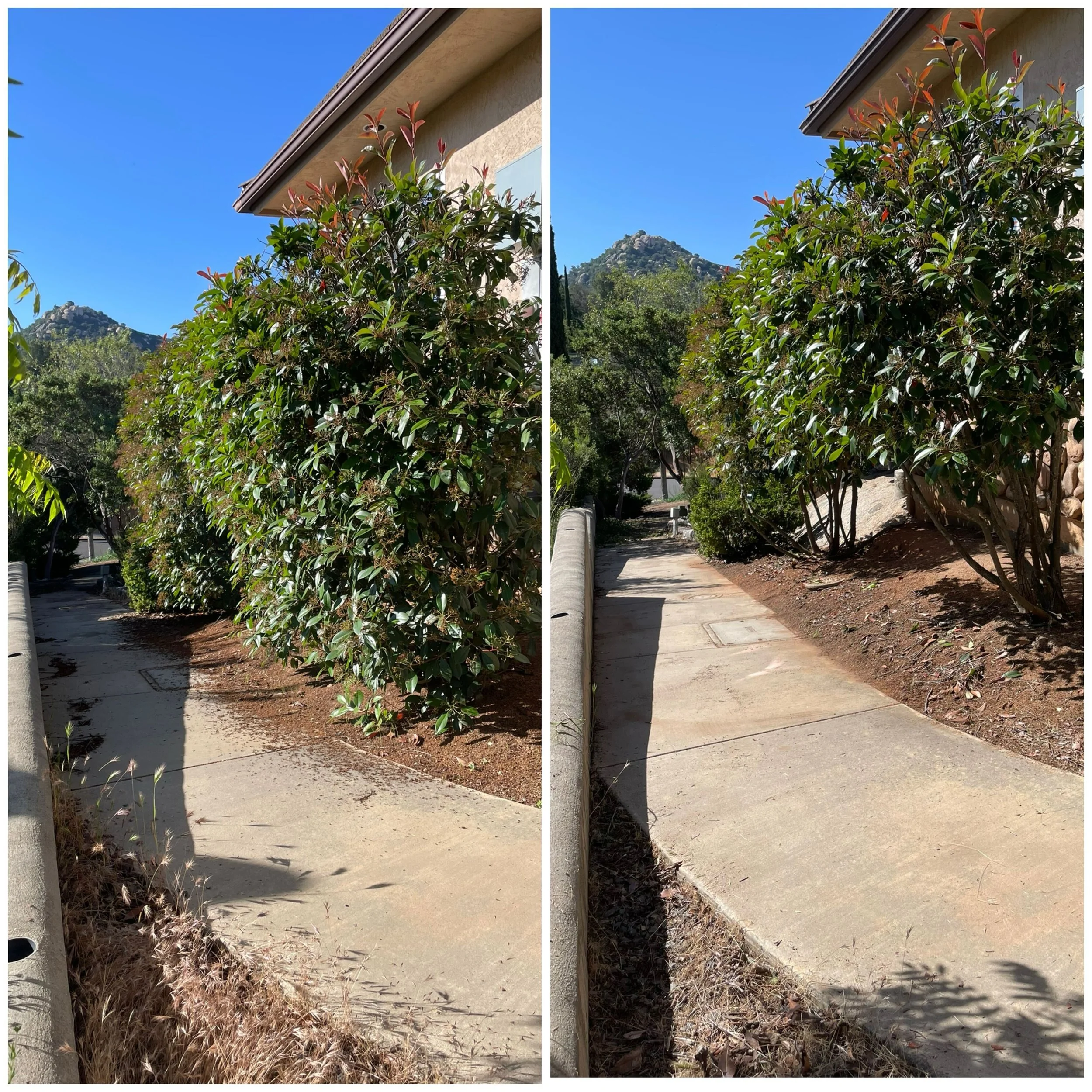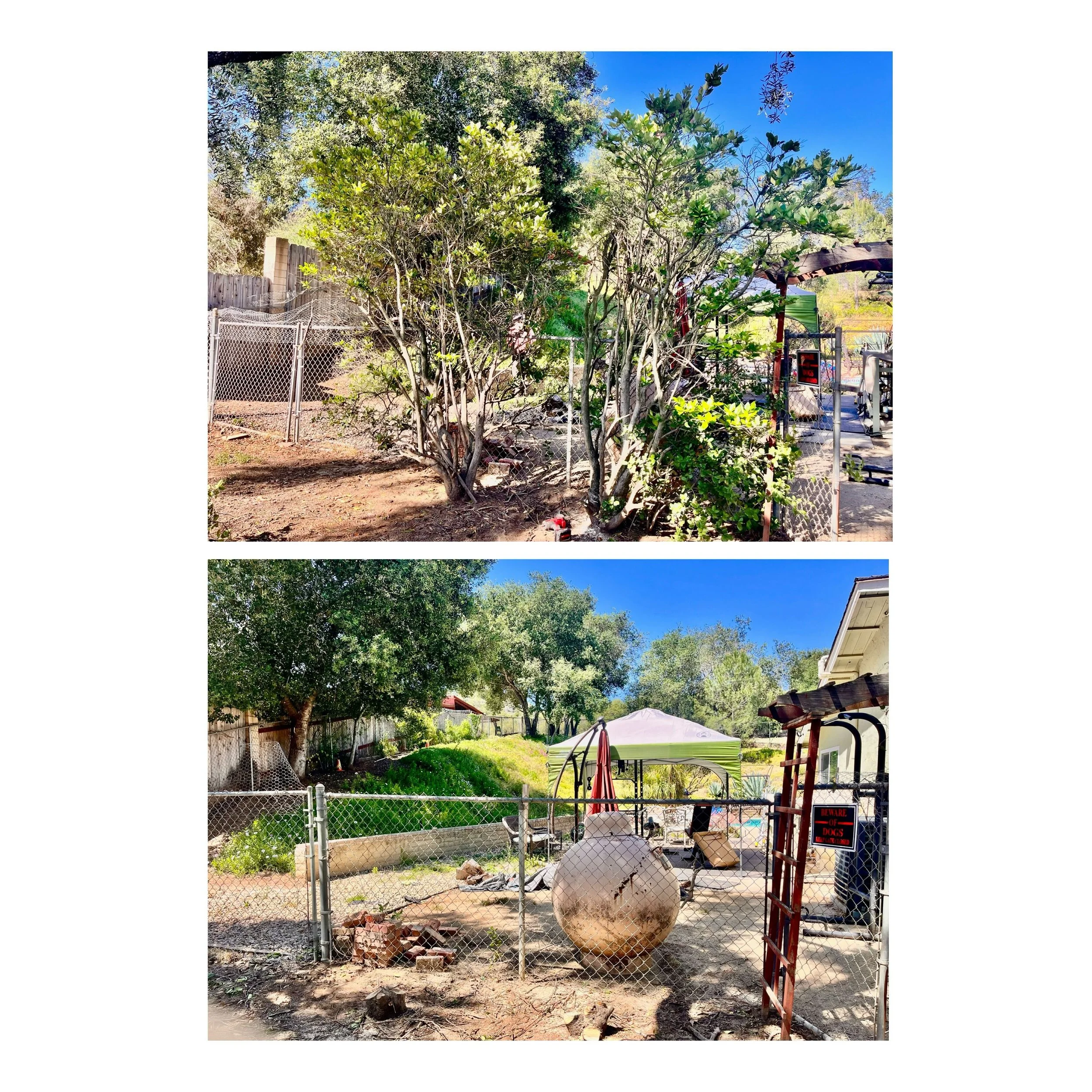wildfire resiliency in the Landscape
Fire is an inherent and ecologically necessary force within Southern California’s native ecosystems. However, expanding development into the wildland–urban interface (WUI), coupled with prolonged drought and rising temperatures driven by anthropogenic climate change, has dramatically increased wildfire risk throughout the San Diego region.
San Diego Canyonlands advances fire resiliency through ecologically informed, culturally respectful land management. Our work is inspired by traditional ecological knowledge (TEK), focusing on fuel load reduction, native habitat restoration, and adaptive strategies to support long-term landscape resilience. We reject harmful practices such as indiscriminate fire suppression and clear-cutting, instead prioritizing sustainable, place-based stewardship.
Explore our Wildfire Resiliency Resource Package for practical tools and further reading on fire-safe planning and ecological restoration.
wIldfire resiliency restoration projects
Fire safe environmental management drives Canyonlands. Scroll to learn about a few of the restoration projects our team has taken on to protect our community and environment.
palm lifts
Navajo Canyon is nestled in the Del Cero neighborhood and is part of the City of San Diego’s Multiple Species Conservation Program (MSCP) as an Open Space preserve spanning 141 acres. San Diego Canyonlands worked in partnership with the City of San Diego and the San Diego River Conservancy to restore 7.2 acres of wetland/riparian and upland habitats. Funding was generously provided by the San Diego River Conservancy through the Navajo Phase 1 grant.
This project saw the successful removal of 557 mature, invasive, and non-native Mexican fan palms (Washingtonia robusta) and 43 similarly invasive Canary Island date palms (Phoenix canariensis) via helicopter and trucked off site.
Following the removal of these high fire risk species, our skilled restoration team established a restoration site with 1,074 willow (Salix spp.), 732 mule fat (Baccharis salicifolia), and 464 elderberry (sambucus mexicana) cuttings to reinforce the riparian/wetland habitat.
Ruffin Canyon Open Space is nestled in the Serra Mesa neighborhood spanning a whopping 84 acres. The project, covered by a $250,000 state grant secured with the help of San Diego River Conservancy, aimed to reduce wildfire risk and bolster native tree cover.
In partnership with The City of San Diego Senior Rangers and West Coast Arborists, our skilled restoration team successfully removed 600 non-native, invasive palms (Phoenix canariensis) and (Washingtonia robusta) using helicopters.
Approximately 700 native tree cuttings and 150 native potted plants were planted in the restoration sites. Species included Black Willow (Salix gooddingii), Elderberry (Sambucus nigra ssp. cerulea), Cottonwood (Populus fremontii), Mulefat (Baccharis salicifolia), Yerba mansa (Anemopsis californica), Mugwort (Artemisia douglasiana), San Diego sagewort (Artemisia palmeri), San Diego sedge (Carex spissa), California fuchsia (Epilobium canum), San Diego marsh elder (Iva hayesiana), Hooker's evening primrose (Oenothera elata), Salt marsh fleabane (Pluchea odorata), Arrowweed (Pluchea sericea), and California rose (Rosa california).
Rueda Canyon is nestled in the Tierrasanta neighborhood spanning 800 acres fitted with a 2.4 mile out-and-back trail frequented by hikers and mountain bikers alike.
In partnership with the San Diego River Conservancy, we removed over 400 invasive Mexican Fan Palms (Washingtonia robusta) and Canary Island date palms (Phoenix canariensis). Additionally, thousands of pounds of invasive species were removed from the canyon further reducing fire risk to nearby homeowners.
Following removal, we planted a variety of native plant species in the removal site to encourage the reestablishment of native plant communities.
brush management
The Arroyo Preserve is a private reserve owned by the Rancho Santa Fe association. Recent wildfires in the canyon have spurred homeowners to act, and in conjunction with the San Dieguito River Valley Conservancy, restoration work began in November 2024. West Coast Arborists and California Conservation Corps aided us in removing over 1000+ river red gum eucalyptus trees (Eucalyptus camaldulensis), as well as similarly invasive Canary Island date palm (Phoenix canariensis) and giant reed (arundo donax). Eucalyptus pose high fire risks in Southern California, due to their wide canopy which easily allows embers to travel, and the flammable oils in their leaves.
The Defensible Space Assistance Program is a brush management program offered by the Fire Safe Council of San Diego County. The program offers free brush zone management and fire-scaping services to 5 high fire risk neighborhoods, and we are honored to help carry out this work. Find before and after photos of work below. Find resources on fire-safe landscaping here.

